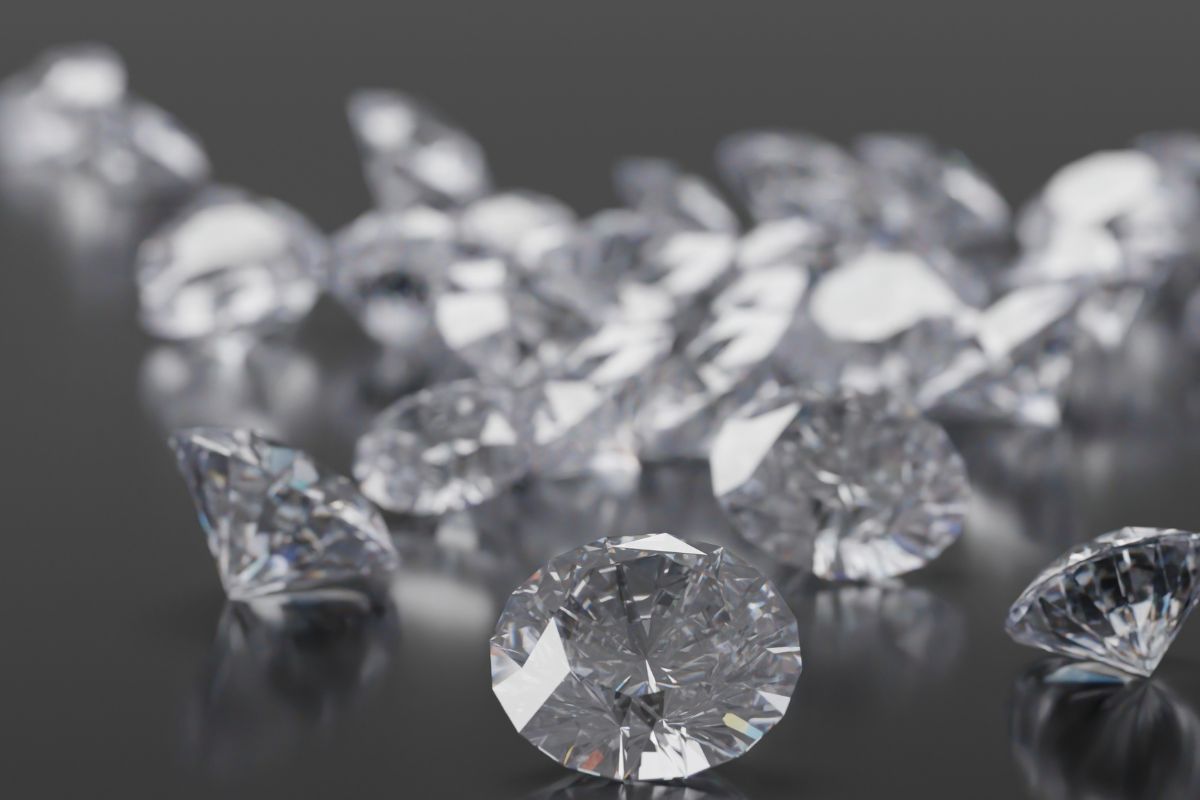
Cultures and Lab Grown Diamonds: Exploring the Shifting Landscape of Diamond Perception
Diamonds have long held a significant place in various cultures worldwide, symbolizing love, wealth, and status. However, with the emergence of lab-grown diamonds, cultural perceptions and attitudes towards these shimmering gemstones are undergoing a transformation. In this article, we delve into the intricate relationship between cultures and lab-grown diamonds, exploring how societal values, traditions, and environmental concerns are shaping the future of the diamond industry.
Understanding Cultures and Their Relationship with Diamonds
Historical Significance of Diamonds: Throughout history, diamonds have been revered in many cultures, symbolizing purity, strength, and eternity. Ancient civilizations, such as the Egyptians and Romans, prized these precious gems for their beauty and rarity, often associating them with divine power and protection.
Emergence of Lab Grown Diamonds: In recent years, technological advancements have paved the way for the creation of lab grown diamonds that possess the same chemical and physical properties as natural diamonds. These ethically and environmentally sustainable alternatives are gaining traction in today’s society, challenging traditional notions of luxury and value.
Cultural Perceptions of Lab-Grown Diamonds
Traditional Views vs. Modern Perspectives: While natural diamonds have long been coveted for their rarity and authenticity, lab-grown diamonds offer a more accessible and affordable option without compromising on quality. As a result, cultural attitudes towards lab-grown diamonds are evolving, with many consumers embracing the ethical and sustainable aspects of these lab-created gems.
Environmental and Ethical Considerations: One of the driving factors behind the growing popularity of lab-grown diamonds is the increasing awareness of the environmental and ethical issues associated with diamond mining. Unlike their natural counterparts, lab-grown diamonds have a minimal environmental footprint and are free from the ethical concerns surrounding conflict diamonds and exploitative labor practices.
Cultural Differences in Diamond Consumption
Variations Across Cultures: The cultural significance of diamonds varies greatly across different regions and societies. While some cultures place a strong emphasis on the symbolism and tradition of natural diamonds, others are more open to embracing the innovation and technology behind lab-grown diamonds. Cultural factors such as values, beliefs, and economic status play a significant role in shaping consumer preferences and purchasing behavior.
Market Trends and Globalization: With the rise of globalization, the diamond market has become increasingly diverse and interconnected. This has led to a proliferation of lab-grown diamond producers and retailers catering to a global audience with diverse cultural backgrounds and preferences.
Challenges and Opportunities
Navigating Cultural Barriers: Despite the growing acceptance of lab-grown diamonds in many parts of the world, the industry still faces challenges in penetrating traditional markets dominated by natural diamonds. Cultural perceptions and entrenched beliefs about the value and authenticity of natural diamonds pose barriers to widespread adoption of lab-grown alternatives.
Educational Initiatives and Awareness: Addressing these challenges requires comprehensive educational initiatives aimed at dispelling myths and misconceptions surrounding lab-grown diamonds. By raising awareness about the benefits of lab-grown diamonds in terms of sustainability, ethics, and affordability, the industry can pave the way for greater cultural acceptance and integration.
Innovations and Advancements
Continuous Improvement: The cultures and cultures and lab grown diamonds industry is continually innovating and advancing its technology to produce diamonds that are virtually indistinguishable from natural ones. These advancements not only enhance the quality and consistency of lab-grown diamonds but also open up new possibilities for creative expression and artistic innovation.
Celebrity Endorsements and Influences: Celebrities and influencers play a significant role in shaping cultural trends and consumer preferences. Increasingly, we see influential figures endorsing lab-grown diamonds as a socially conscious and environmentally friendly alternative to traditional diamonds, thereby challenging existing cultural norms and perceptions.
Cultural Symbolism and Self-Expression
Changing Definitions of Luxury: As cultural values evolve, so too do the meanings associated with luxury and self-expression. Lab-grown diamonds offer consumers the opportunity to make a statement that aligns with their values and beliefs, whether it be supporting sustainable practices or rejecting the exclusivity and elitism associated with natural diamonds.
Artistic and Creative Applications: Beyond their symbolic significance, diamonds have also become a medium for artistic expression and creativity. Artists and designers are increasingly incorporating lab-grown diamonds into their creations, pushing the boundaries of traditional jewelry design and challenging conventional notions of beauty and value.
Conclusion
As cultural attitudes towards luxury and sustainability continue to evolve, lab-grown diamonds are poised to play an increasingly significant role in shaping the future of the diamond industry. By addressing environmental and ethical concerns and embracing innovation and technology, the cultural integration of lab-grown diamonds represents a promising path towards a more inclusive and socially responsible diamond market.

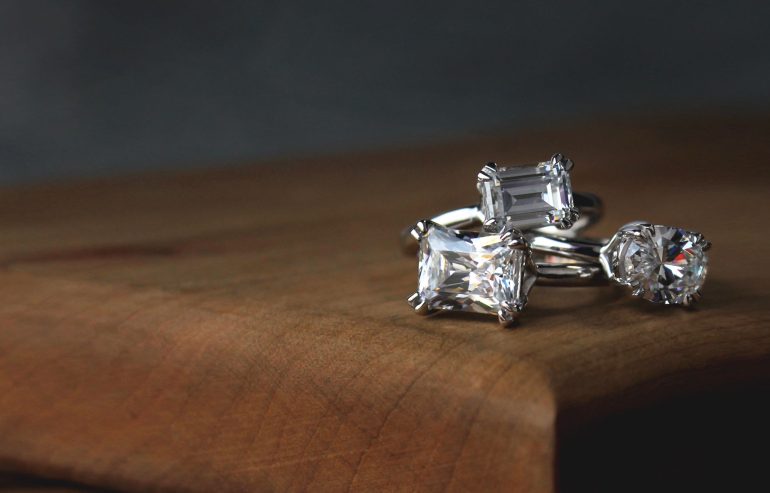



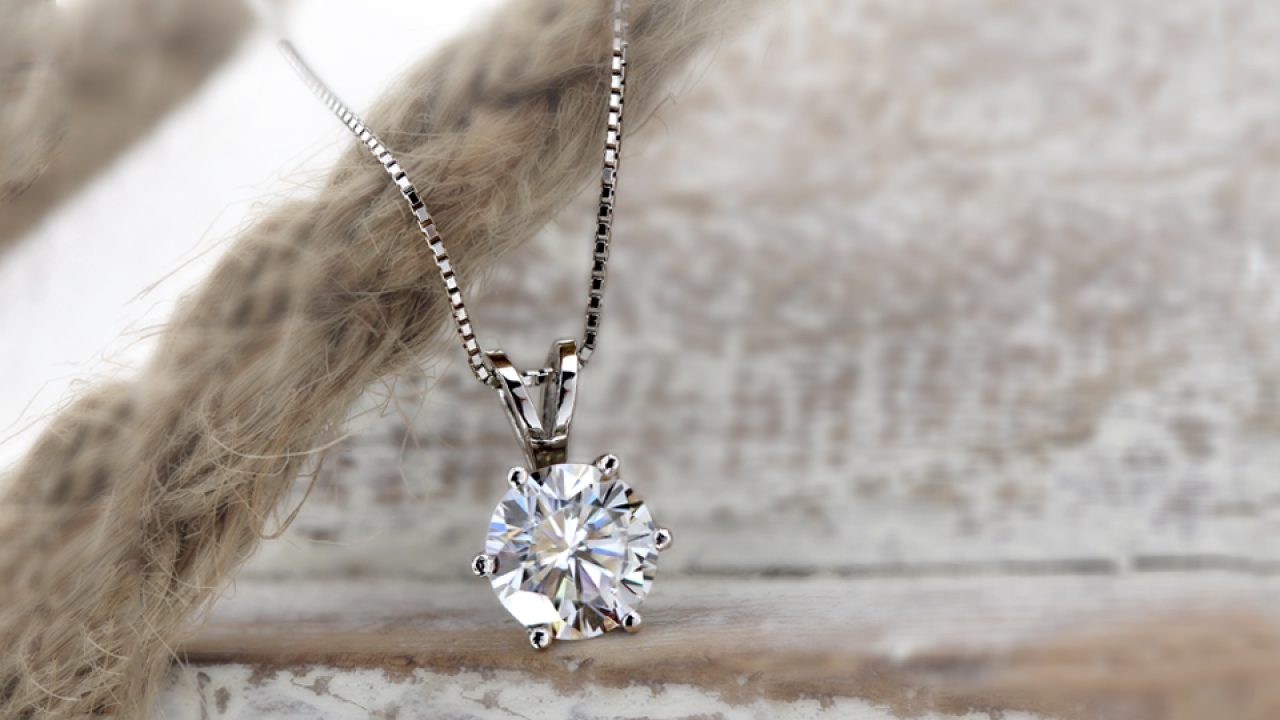
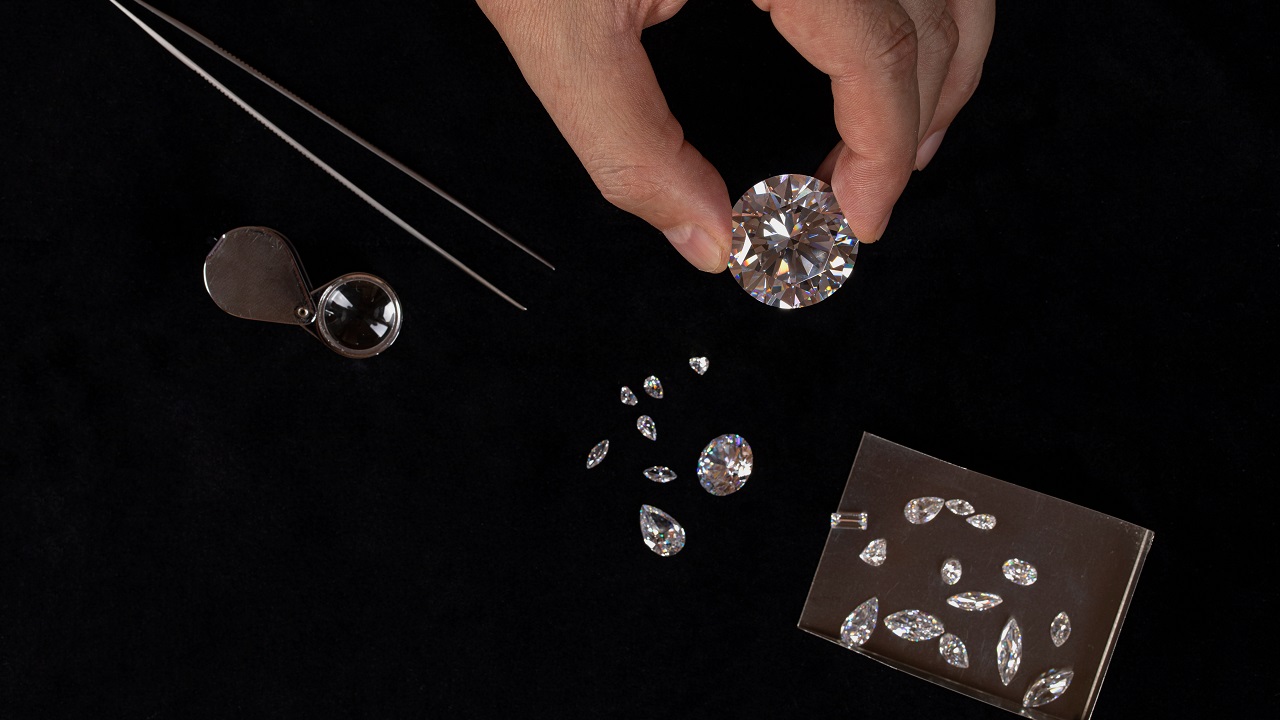


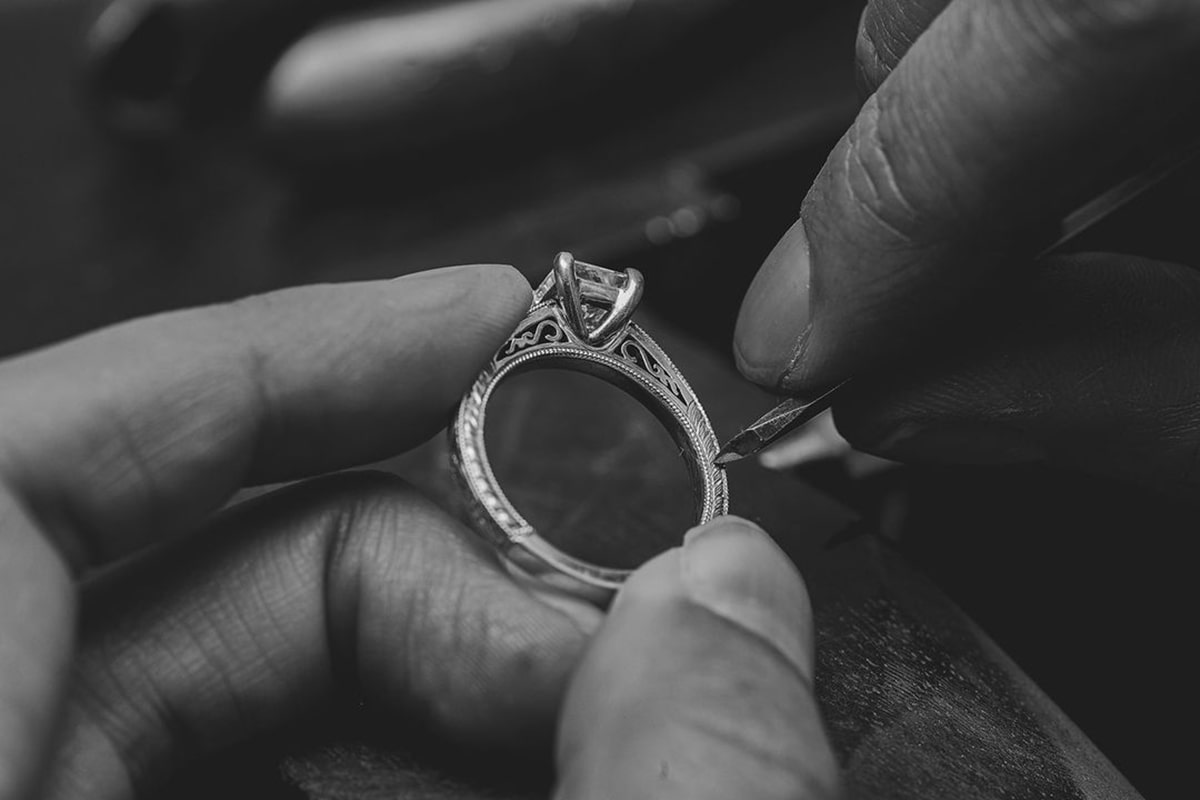
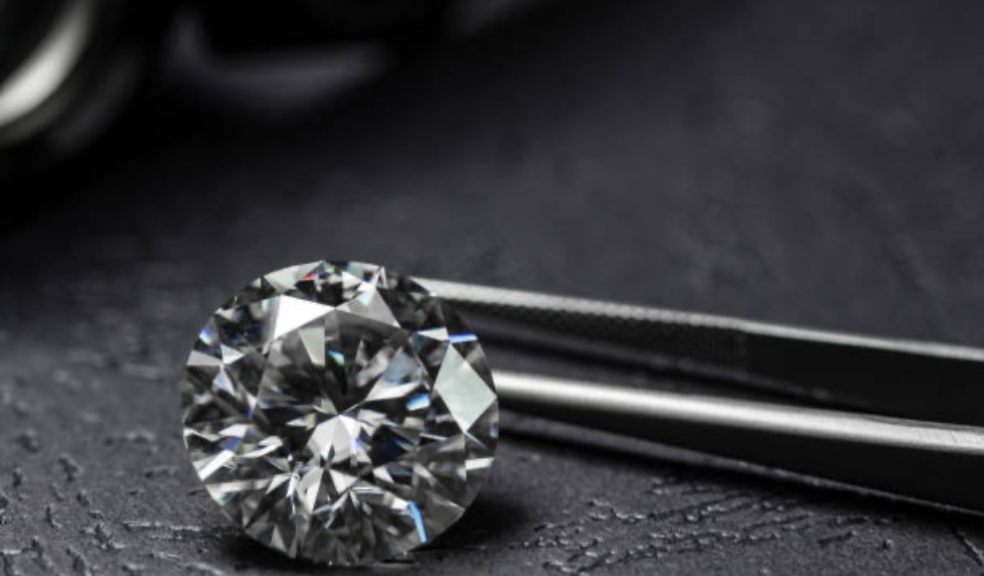

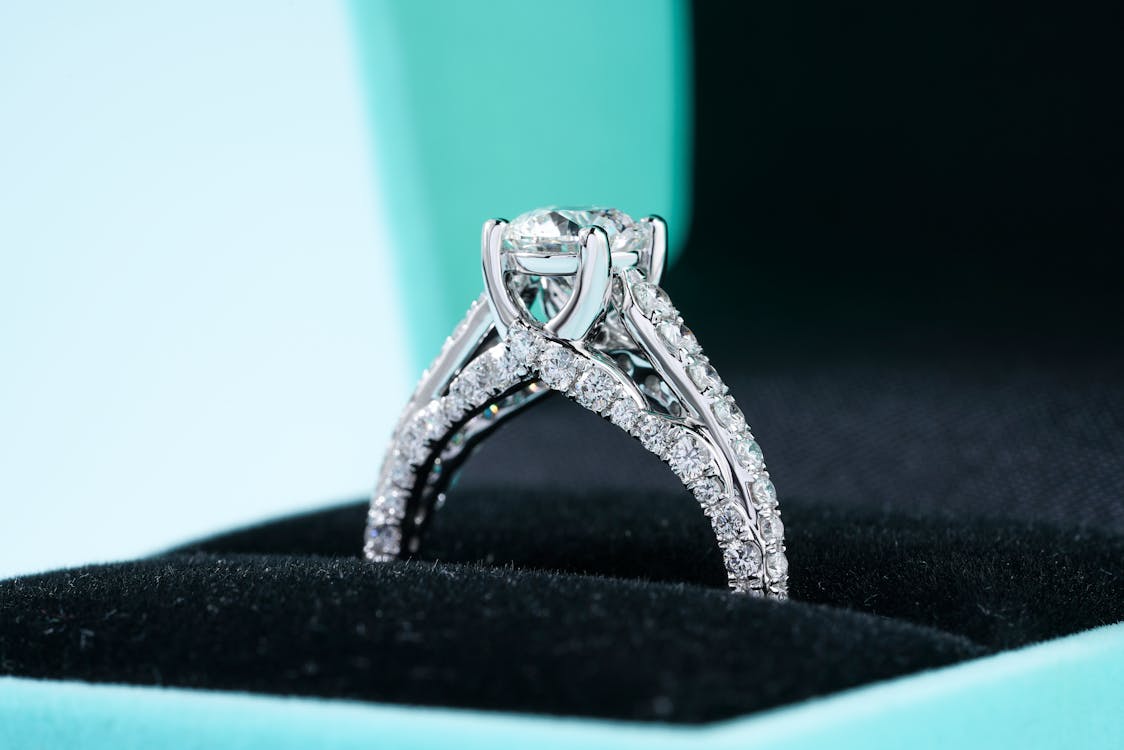


![How to Solve [pii_pn_3880fdfb53ee4e41] Error Code 2021? How to Solve [pii_pn_3880fdfb53ee4e41] Error Code 2021?](https://zodab.com/wp-content/uploads/2020/12/How-to-Fix-pii_email_019b690b20082ef76df5-Error-Code.webp)
![[pii_email_6f102bc14dda5de284b9] [pii_email_6f102bc14dda5de284b9]](https://www.dailywatchreports.com/wp-content/uploads/2020/08/Galactus.webp)